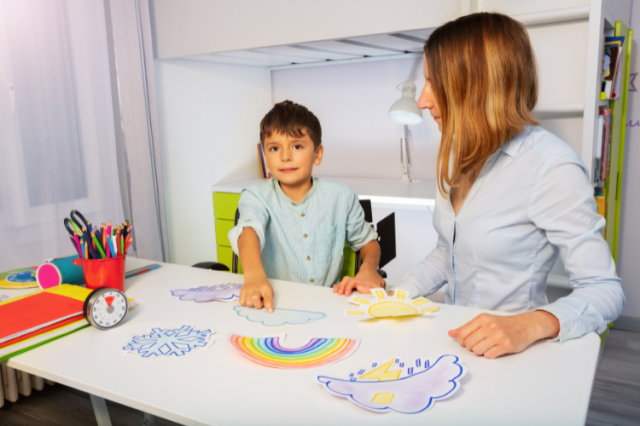Applied Behavior Analysis (ABA) is a scientifically backed therapy that improves social, communication, and learning skills through positive reinforcement. An ABA treatment center provides a structured, professional environment that specializes in this therapy, offering children with autism essential support to help them lead fulfilling and independent lives. Below, we explore the key reasons why ABA treatment centers play a critical role in the development of children on the autism spectrum.
1. Tailored and Structured Interventions
An ABA treatment center is designed to cater to each child's unique needs. These centers use individualized treatment plans based on the child's abilities, challenges, and specific goals. This personalized approach is essential because no two children with autism are the same. By tailoring interventions to a child's specific needs, ABA therapists can address areas like social interaction, communication, daily living skills, and academic performance.
ABA therapy is administered systematically in a structured environment, ensuring that learned skills are consistently practiced, reinforced, and generalized to different environments. This can lead to long-term behavioral improvements that significantly enhance a child's quality of life.
2. Early Intervention and Skill Development
An ABA treatment center is critical in offering early intervention services. These centers focus on teaching foundational skills like attention, imitation, and understanding instructions, which are vital for further learning and development.
By starting ABA therapy early, children can develop essential life skills that will benefit them. ABA centers offer a safe, nurturing environment where children can practice and master these skills under the guidance of trained professionals.
3. Behavior Management and Reduction of Problematic Behaviors
One of the primary goals of ABA therapy is to reduce problematic behaviors that can interfere with a child's ability to learn and interact with others. ABA centers work on identifying the root causes of challenging behaviors, such as aggression, self-injury, or tantrums, and implement strategies to reduce or eliminate these behaviors.
At an ABA treatment center, therapists use positive reinforcement to encourage desirable behaviors and teach appropriate alternatives to negative behaviors. By understanding the function of a behavior, therapists can design interventions that lead to more effective and lasting behavior change. This helps children develop better-coping mechanisms, improve self-regulation, and engage more positively with their environment.
4. Social Skills and Communication Enhancement
Social interaction and communication are often areas where children with autism face significant challenges. ABA centers provide targeted interventions to help children improve their ability to communicate and interact with others.
Through structured teaching methods, such as discrete trials or natural environment training, ABA therapy helps children build social skills in one-on-one and group settings. These social skills are crucial for establishing friendships, interacting with peers, and participating in community activities.
5. Family Involvement and Support
An ABA treatment center also recognizes the importance of family involvement in a child's progress. ABA centers offer training and support for families, helping them understand their child's behavior and providing strategies to reinforce positive behaviors at home.
An ABA treatment center plays a vital role in the lives of children with autism by providing individualized, evidence-based interventions aimed at improving essential skills and reducing problematic behaviors. These centers allow children to achieve their fullest potential through early intervention, behavior management, and family support. The work done in these centers benefits the child and strengthens the entire family dynamic, leading to more positive outcomes in the long run.






